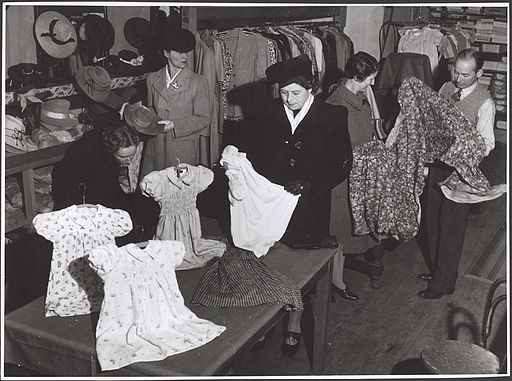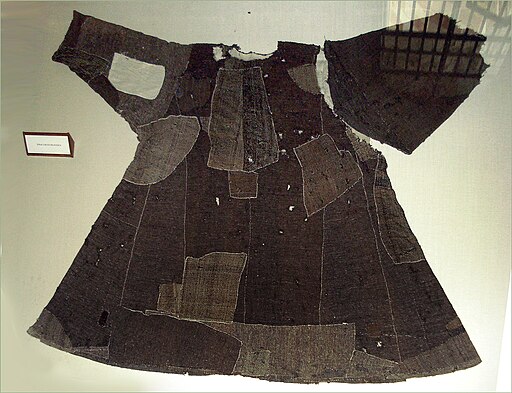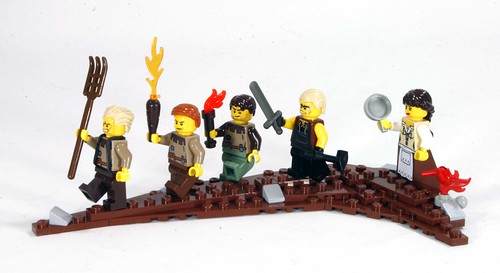My grandmother believed in buying quality: the best you could afford. The idea of buying an item simply for the status of the label would have been completely foreign to her. What she would have said about buying an item simply for the status of the faked label, I don’t know, but it would have been short, sharp and unflattering.
Buying good quality is, to my mind, very sensible, and probably the reason why a lot of what the Caped Gooseberry and I own comes from our ancestors. Not just big things like furniture, but the sorts of things which these days are subject to obsolescence and its more evil twin, planned obsolescence.
We still use my grandmother’s VCR for watching videos. We still use my grandfather’s heater. They’ve been gone for ten and twenty-one years, respectively, but they bought quality, and it shows.
I still wear their dressing-gowns, too. Admittedly, the cord on my grandpa’s wool dressing-gown needed replacing this year, but that’s not bad after more than two decades of wear.
It’s the same on the Caped Gooseberry’s side. He regularly wears some of his grandfather’s clothes (his grandfather’s been gone more than thirty years now); and I use his granny’s teapot (made in the early ’20s) on a regular basis, pouring tea into my gran’s teacups.
We are still using my gran’s everyday crockery set – despite years of wear it was in much better condition than the set I bought new (and cheap). The same goes for her oven dishes, and my grandfather’s china jugs.
One of my favourite winter hats (très chic) originally belonged to the Caped Gooseberry’s granny. I also have one of her summer hats, which she wore to meet Prince Charles back when he still had hair. Dark hair.
I wrote the entire first draft of my WIP (158k words) with a fountain pen dredged up from somewhere in my husband’s ancestry. I still use it every day. It just keeps working.
We still use my gran’s lawnmower (with my grandpa’s WWII petrol tin). It wasn’t working so wonderfully well lately, so I took it for a shamefully overdue maintenance visit to the mower man. The blades were not only blunt but actually broken. (I shudder to think what my gran would have said.)
Mercifully, maintenance and spare parts are still available for mowers. The same cannot be said of everything. Time was, you could pop down to the local stationers to have your fountain pen nib sharpened. These days, most of them don’t even sell real fountain pens, just fountain-looking pens with disposable insides (which do not count).
I do worry about what we are going to do when these practical heirlooms eventually wear out or break down. It’s very hard to get things repaired or mended these days – you’re just expected to buy a new one. Where will we find another such heater? Where such a perfectly dripless teapot?
Time was, if you were prepared to pay, good quality was available. These days it is perfectly possible to pay a high price for something which is still of inferior quality, and which will not last. Gran would not be pleased.
I’ve reached the stage in my life where I’d rather pay more for something I know will last – though as things stand in the world today, it’s not looking good for the grand-kids.











